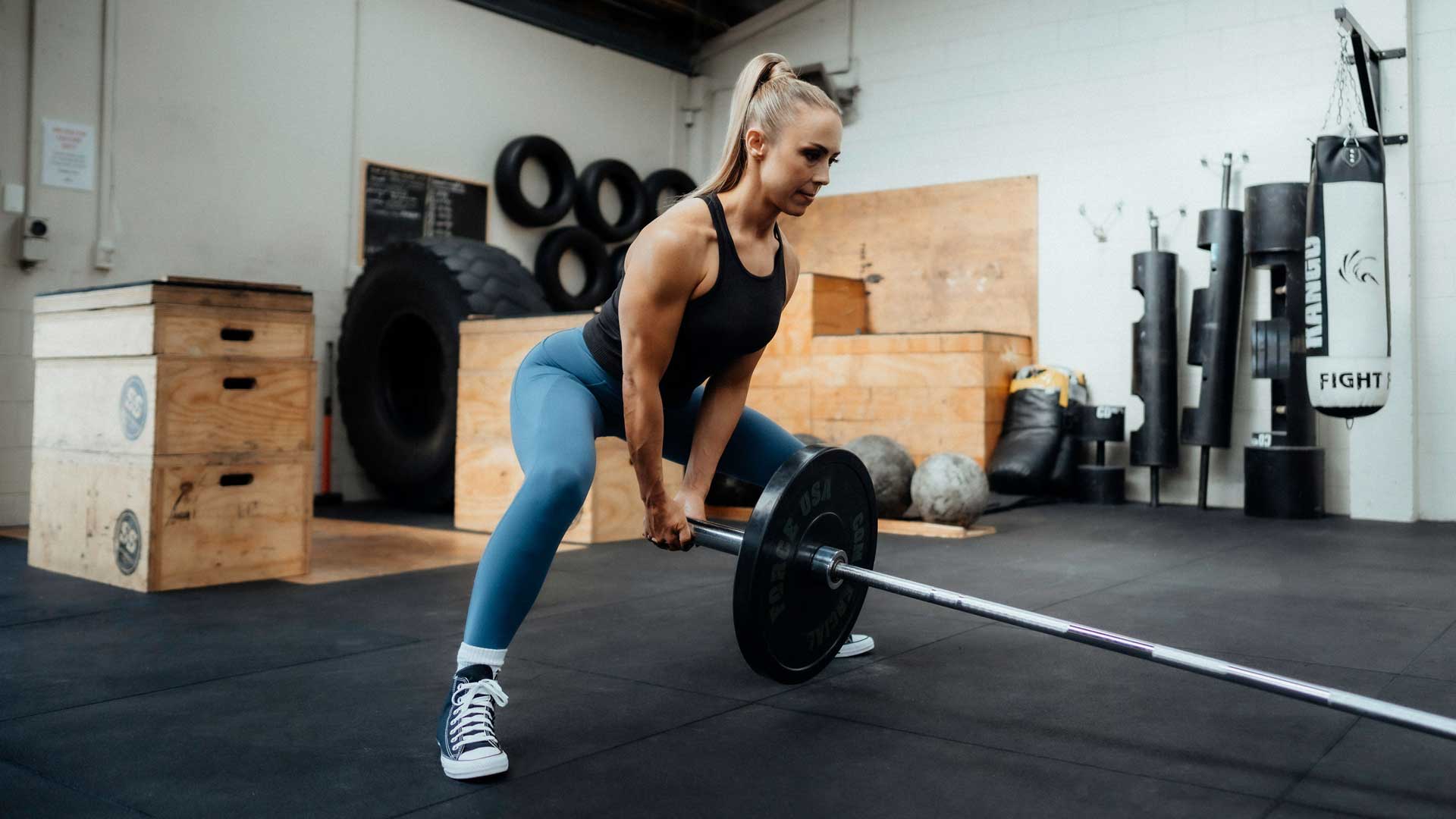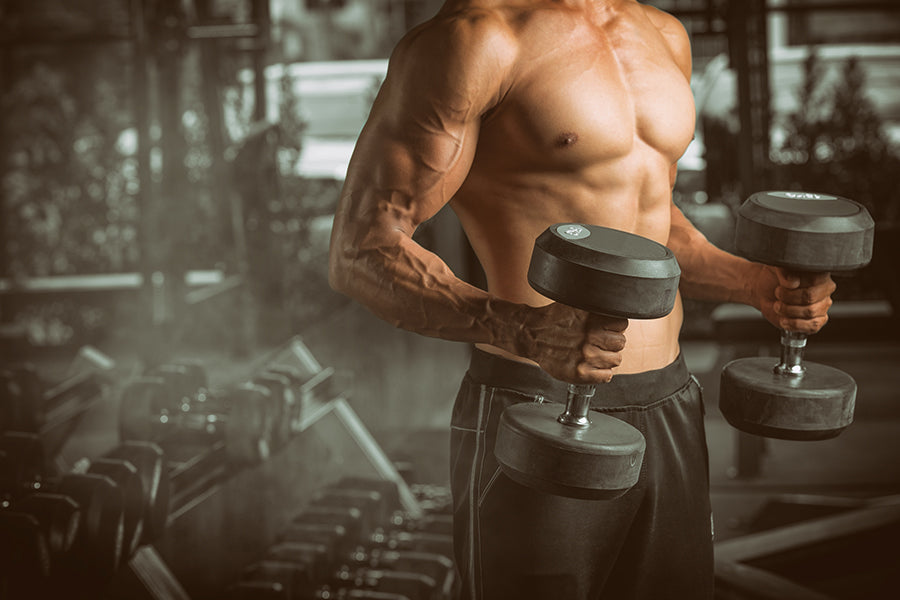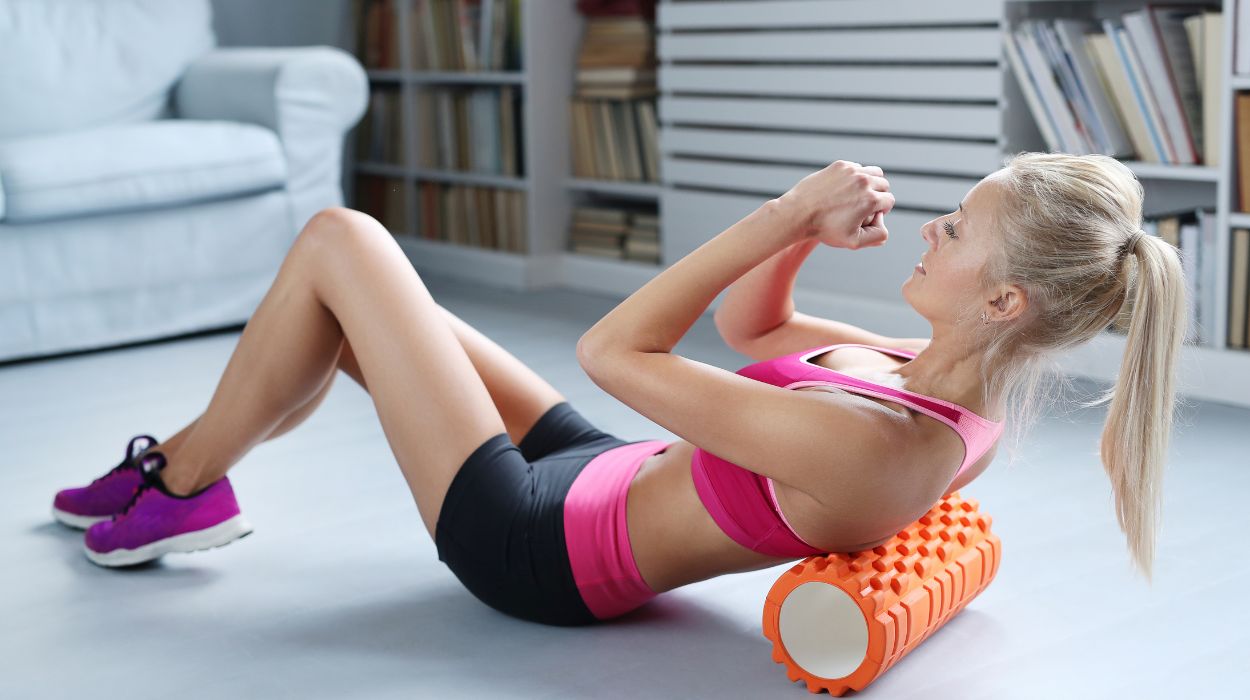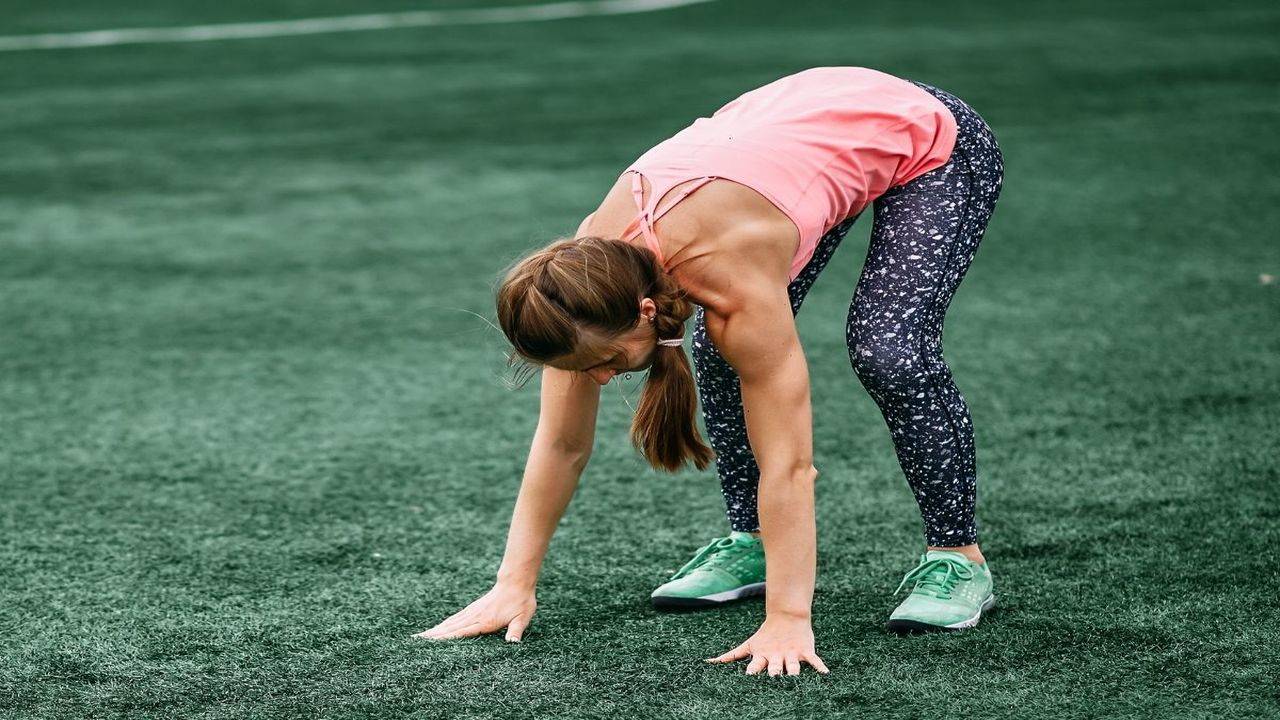You want bigger, stronger legs — the kind that fill out shorts and turn heads — but the gym just isn’t your thing right now. Maybe you’re working out from home, traveling, or simply don’t have access to weights. Whatever the reason, here’s the good news: you can absolutely build bigger legs without lifting a single dumbbell or barbell.
Sound too good to be true? It’s not.
With the right approach to bodyweight training, progression, and consistency, you can add size and definition to your quads, hamstrings, glutes, and calves. You don’t need a squat rack to grow tree trunks — you need smart programming, intensity, and time under tension.
So let’s break down how to get bigger legs without weights in a real, effective, and manageable way.
Why Bodyweight Leg Training Actually Works
Let’s bust the myth upfront: you don’t have to lift heavy to grow muscle. What you do need is:
- Mechanical tension (challenging your muscles through resistance)
- Muscle damage (microscopic tears from controlled stress)
- Metabolic stress (the “burn” from lactic acid buildup)
You can trigger all three using bodyweight exercises — especially with high reps, advanced variations, and tempo control. Plus, bodyweight leg training improves your mobility, balance, and real-world strength (think: walking up stairs, running, hiking, etc.).
It’s also easier on your joints and more adaptable to your schedule. So whether you’re training at home, outdoors, or in a hotel room, you’ve got zero excuses.
The Foundation: Your Bodyweight Leg Muscles
Let’s keep this part simple. When we say “bigger legs,” we’re talking about targeting:
- Quadriceps: Front of the thighs
- Hamstrings: Back of the thighs
- Glutes: Your powerhouse muscles
- Calves: Lower leg muscles that add shape and stability
We’ll hit all of these with bodyweight moves. The key? Progression. As you get stronger, you’ll need to increase the challenge — not just the reps.
The Ultimate No-Weights Leg Workout (3–4x per week)
Here’s a well-balanced, progressive routine that builds size through volume, time under tension, and smart sequencing.
Warm-Up (5 minutes)
Get blood flowing and loosen up the hips, knees, and ankles.
- Jumping jacks – 1 minute
- Bodyweight squats – 20 reps
- Glute bridges – 15 reps
- Hip circles – 10 each way
- High knees – 30 seconds
Main Workout Circuit (3 Rounds)
Rest 30–60 seconds between exercises, and 1–2 minutes between rounds.
1. Bulgarian Split Squats (10–12 reps per leg)
Targets: Quads, glutes, hamstrings
How to do it:
- Stand a couple of feet in front of a bench or chair.
- Place one foot behind you on the surface.
- Lower your body until your front thigh is parallel to the floor.
- Press through your heel to return.
Why it works: It mimics weighted squats and adds balance + stability challenge, forcing deep muscle recruitment.
2. Wall Sit Hold (45–60 seconds)
Targets: Quads, core, mental toughness
How to do it:
- Slide your back down a wall until your thighs are parallel to the ground.
- Keep knees over ankles, arms at your side or crossed.
Why it works: This isometric hold builds muscle endurance and that deep burn in your thighs.
3. Step-Ups (12–15 reps per leg)
Targets: Quads, glutes
How to do it:
- Use a sturdy box, step, or bench.
- Step up with one leg, drive through the heel, then lower slowly.
- Alternate legs or finish one leg at a time.
Pro tip: Drive your knee up at the top to engage the glutes and core more.
4. Glute Bridges (15–20 reps, slow tempo)
Targets: Glutes, hamstrings
How to do it:
- Lie on your back with knees bent, feet flat.
- Press through your heels to lift your hips.
- Squeeze your glutes at the top for 2–3 seconds, then lower slowly.
Why it works: Bridges isolate the glutes and protect your back. Add a pause or slow the movement to increase intensity.
5. Jump Squats or Air Squats (Tempo Focus) (15 reps)
Targets: Quads, calves, cardio
How to do it:
- For jump squats: Explode off the ground with each rep.
- For tempo squats: Lower for 3 seconds, pause 1 second, rise up for 1–2 seconds.
Pro tip: Focus on depth — get thighs parallel or lower to maximize activation.
6. Calf Raises (2 sets of 20–25 reps)
Targets: Calves
How to do it:
- Stand on a step or flat ground.
- Rise up onto your toes, squeeze, then lower slowly.
Challenge tip: Try single-leg calf raises or add a pause at the top.
Bonus: Add Burnout Supersets (Optional but Killer)
To finish the session strong, try this 2-minute leg burner:
- 20 walking lunges
- 20 jump squats
- 20-second wall sit
- Repeat with no rest if you can
How to Make Progress Without Weights
To keep growing without the gym, you need to progressively overload. That means your workouts should feel harder over time — not easier. Here’s how:
1. Increase Reps
If you’re doing 10 split squats easily, go to 15. Then 20. Push your limits (with good form).
2. Slow Down
Slowing down the negative (lowering) portion of an exercise increases time under tension, which boosts hypertrophy.
Example: Try 5 seconds down, 1-second pause, 2 seconds up.
3. Add Pauses and Holds
Mid-rep pauses challenge your muscles differently.
Try:
- Holding the bottom of a squat for 3 seconds
- Pausing at the top of a glute bridge
- Holding a wall sit for up to 2 minutes
4. Try Harder Variations
Upgrade your movements once the basics get easy.
- Air squat → jump squat → pistol squat
- Glute bridge → single-leg bridge
- Step-up → high box step-up
- Calf raise → single-leg calf raise with a hold
5. Increase Frequency
Train legs 3–4 times per week. Alternate intensity — go hard one day, moderate the next.
Don’t Forget Nutrition
If you’re serious about building bigger legs, your diet matters just as much as your training.
- Protein: Essential for muscle growth and recovery. Aim for 0.7–1g per pound of bodyweight daily.
- Calories: To grow muscle, you’ll likely need a slight calorie surplus. Eat clean, but don’t be afraid to eat more.
- Hydration: Staying hydrated improves performance and recovery.
The Recovery Side
Don’t skip rest. Your muscles grow when you rest, not during the workout.
- Get 7–9 hours of sleep
- Stretch or foam roll after workouts
- Take a full rest day at least once a week
- Mix in light walking, yoga, or cycling on off days to stay mobile
Final Thoughts: No Weights? No Problem.
Building bigger legs without weights is 100% possible. You don’t need a fancy gym membership, squat rack, or expensive equipment. What you do need is commitment, consistency, and the will to push your body beyond what’s comfortable.
Use this guide to structure your workouts, eat to support your muscle growth, and stay consistent for at least 4–6 weeks. You’ll start seeing results — not just in how your legs look, but in how strong and capable they feel.










